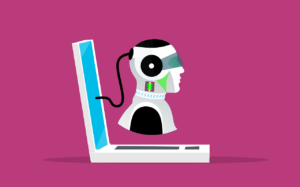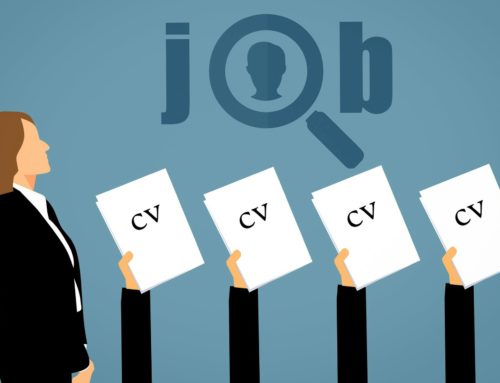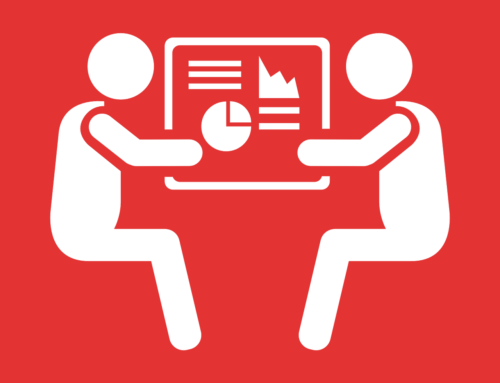Interview Automation for Recruitment Teams

Automation done right can increase productivity and enable recruiters to spend time on higher priority tasks. Automation gone wrong can lead to more harm than good and force you to spend time on unnecessary work.
This guide will show recruiters how to add automation to interviewing the right way.
So let’s get started!
Why should you consider interview automation?
- To save money
- To save time
- To improve time to response for candidates
- To deliver a better candidate experience
The first thing is; first, you should consider picking the primary reason for implementing interview automation. Each of the above will create a different type of implementation for recruitment interview automation.
At JCSI, we use interview automation to deliver a better candidate experience, and we optimize around this. So the rest of the article will describe this when used as a primary objective.
Interview automation for the candidate experience has evolved from scheduling (www.calendly.com) to phone interviewing (www.jobalign.com) to one-way video interviewing (www.interviewstream.com) to two-way video interviewing with AI review (www.hirevue.com) and now to AI-based chatbots (www.paradox.ai).
Interview scheduling
This was step one. This is a simple way to integrate scheduling with the email server (Outlook, GSuite, etc.). This makes employees’ experience much higher as they can organize meetings using user-friendly recruitment automation tools.
One-way video
The next innovation allowed for candidates to respond to interview questions on video recording. The benefit of this was mitigating the need to schedule a face-to-face conversation in real-time.
One-way video and AI assessments
This innovation removed the need to review the video interviews. Heralded as the next innovation by taking behavioral feedback (facial movements), words (transcribed audio), and personality scoring. The challenge is that this solution is very challenging to manage with black-box algorithms that can develop poorly over time due to incorrect training materials. Net-net, this artificial intelligence is not yet ready to roll out.
Chatbots.
An effective way to look at these areas is through pre-screening tools that further optimize recruiters’ most valued asset is their time. So with the use of these, only the most qualified top candidates are added to their calendars. This provides immediate feedback to the candidate. Also, scheduling, when married with a drip campaign, creates a positive feedback loop and top-tier candidate experience.
When JCSI evaluated these technologies, it found that candidates disliked video with AI evaluation due to the lack of transparency in the process. And when discussing with our recruiters, there was some concern with where technologies responsibility ends and recruiters begin.
We’ve found that chatbots present the most optimal solution for interview automation. It is an effective medium for pre-screening and going one step further than an interest form. It is immediate for candidates. It integrates scheduling for a recruiter. And very clearly shows the candidate what it was, then led to a decline.




